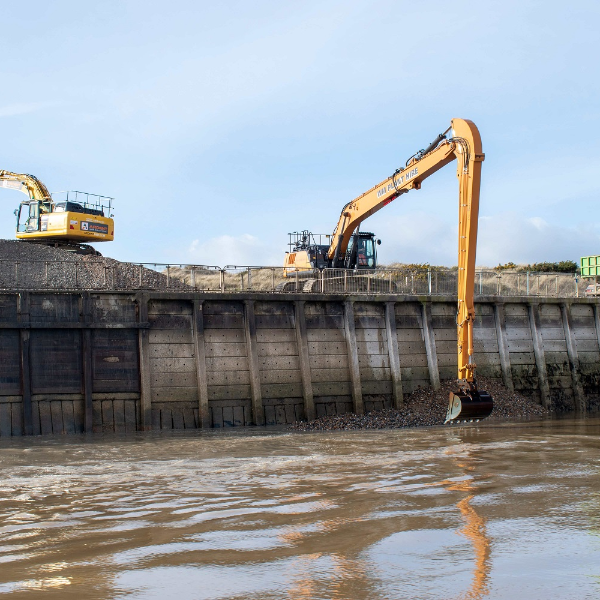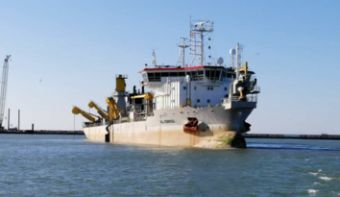Dredging
Based on sustainability and responsibility

Dredging
Land reclamation almost always requires dredging. For Witteveen+Bos, sustainable development is always the starting point for dredging; from design to works supervision.
Dredging is essential for our shore protection, maintaining the level of water discharge and keeping waterways navigable. Dredging is literally the removal of sand or silt from the waterbed and takes place along the coast, in harbours, rivers, canals, lakes, ditches and reservoirs. The dredged material is then transported, treated if necessary, and stored in depots, on a waterbed or in a land reclamation site.
Dredging is an energy-intensive activity. Against the backdrop of increased awareness and tightened requirements regarding energy consumption, emissions and substances of high concern, a carefully considered and well-founded approach to dredging activities is prerequisite.
Broad scope
Our experts guide clients through all aspects of dredging. We advise on the design of dredging sites, land reclamation and depots, as well as on working methods, equipment to be used, costs, planning, risks, remediation and environmental impact.
Turbidity studies
Dredging operations lead to an increase in turbidity in the water column. To ensure that turbidity plumes do not adversely impact the natural environment, it is essential to study the impact of these dredging operations. By combining hydrodynamic and turbidity models, Witteveen+Bos helps its clients find a responsible dredging strategy. Even in complex environments such as the Caspian Sea, the Wadden Sea and the Singapore Strait.
More information?
We happily answer all questions. Please contact us via the form.





